-
tel:
+86-13606193016 -
email:
info@suhangmachine.com
Australia Metal Fencing System Roll Forming Machines – Manufacturing Excellence for Superior Perimeter Solutions
Jul 12, 2025

Australia Metal Fencing System Roll Forming Machines – Manufacturing Excellence for Superior Perimeter Solutions
Introduction
Australia's fencing industry relies on precision-engineered metal fencing systems that combine durability, security, and aesthetic appeal. At the heart of this manufacturing process are advanced roll forming machines that produce high-quality fence posts, rails, and panels to meet strict Australian standards. These automated systems enable cost-effective production of fencing components designed to withstand the country's harsh climate conditions, from tropical humidity to outback heat.
In this comprehensive guide, we'll explore:
✔ How roll forming machines revolutionize fence manufacturing
✔ Key components of Australian metal fencing systems
✔ Material specifications for different environments
✔ Compliance with Australian fencing standards
Roll Forming Machines: The Backbone of Fence Production
Machine Capabilities
-
High-speed production: 15-30 meters per minute output
-
Precision tolerances: ±0.2mm accuracy for consistent profiles
-
Multi-station forming: 12-18 roller stations for complex shapes
-
Automated cutting: Hydraulic or servo systems for clean edges
Fence Component Production
-
Fence Posts
-
C-channel or square profiles
-
Pre-punched holes for rail attachment
-
Galvanized or powder-coated finishes
-
-
Fence Rails
-
Z-shape or rectangular hollow sections
-
Anti-sag designs for long spans
-
Compatible with various panel types
-
-
Fence Panels
-
Privacy, semi-private, or ornamental designs
-
Laser-cut patterns available
-
Colorbond® or custom color options
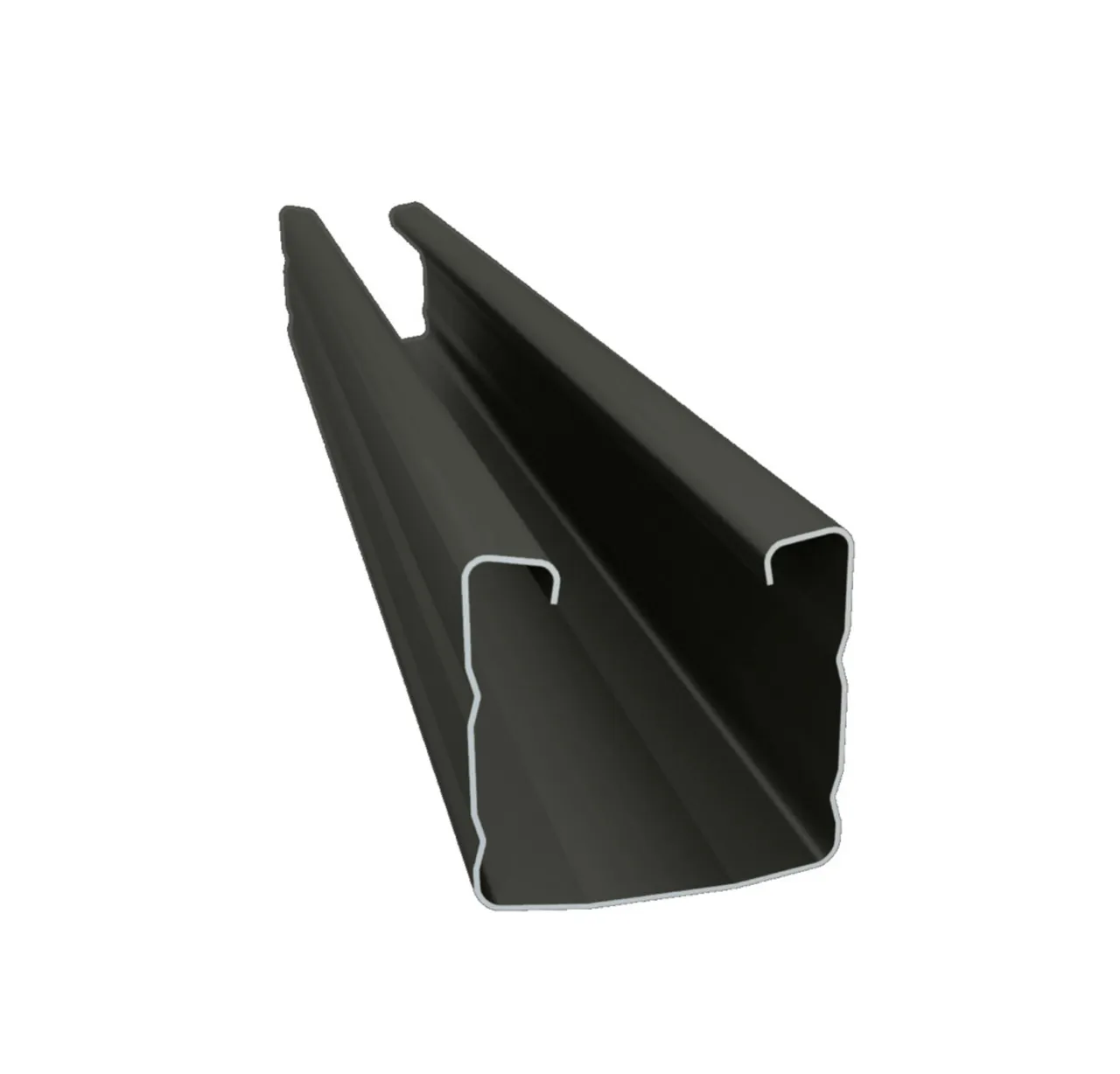
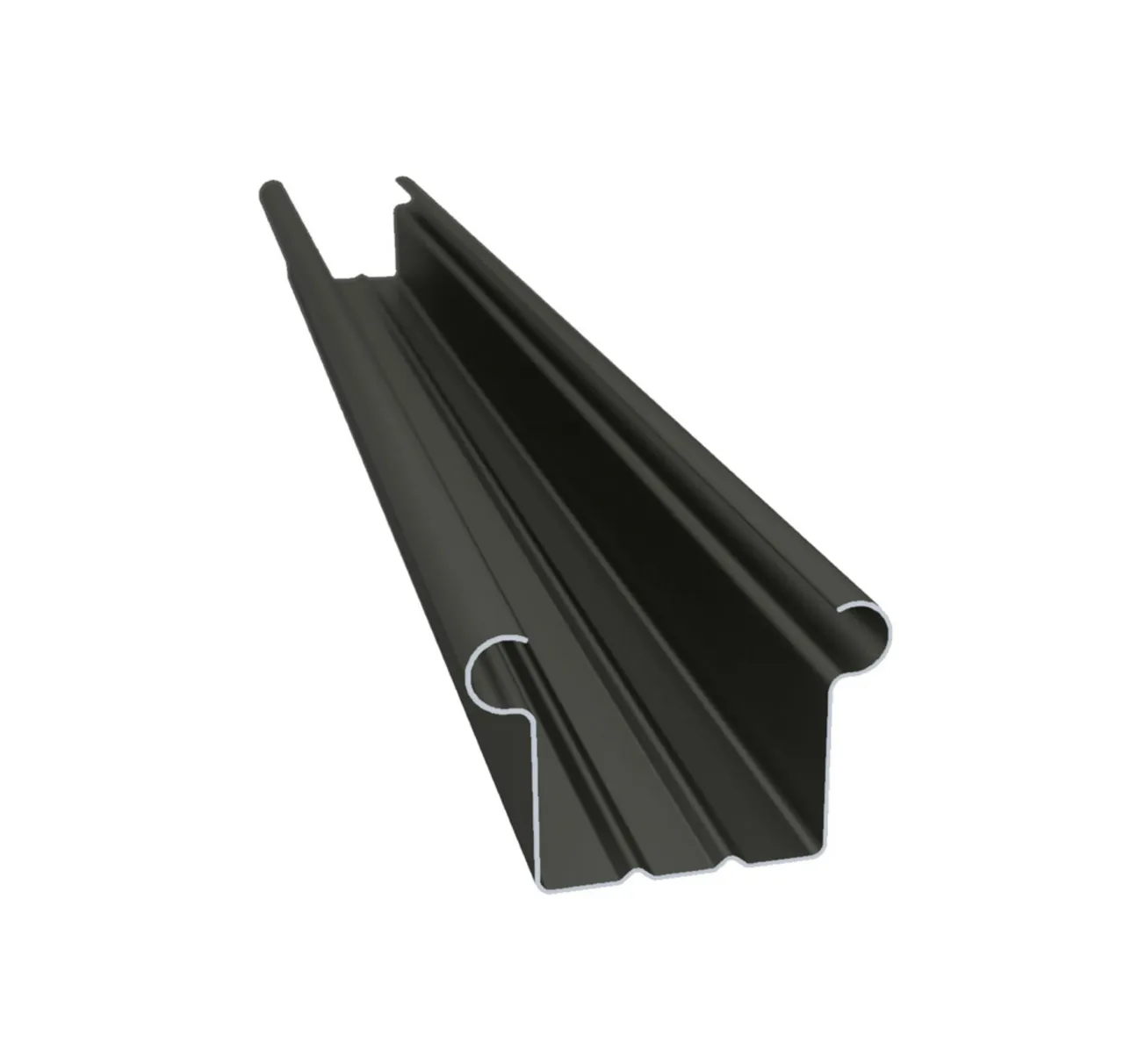
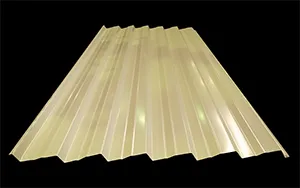
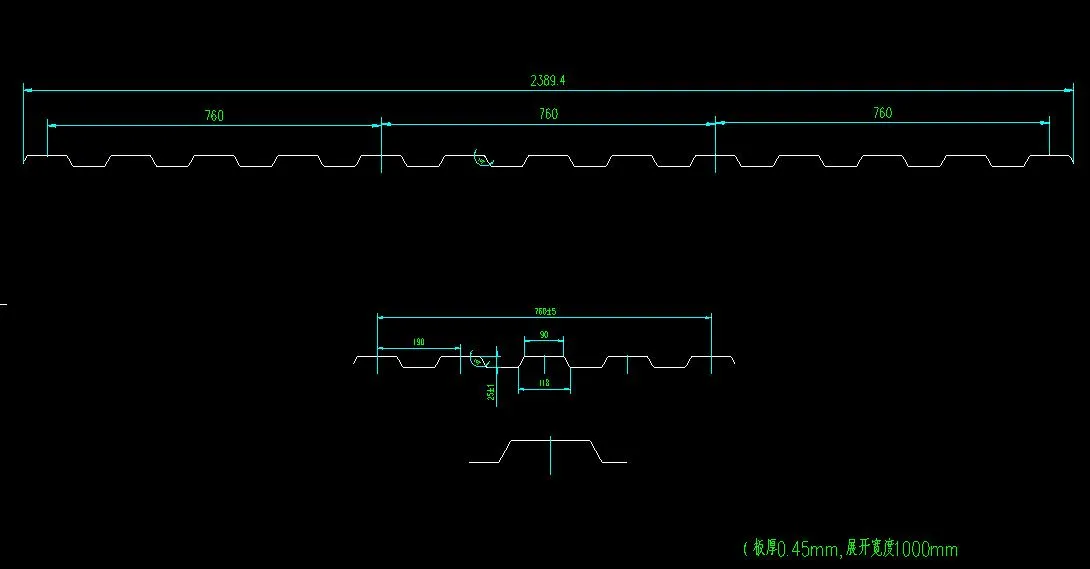
-
Australian Metal Fencing System Components
1. Fence Posts
-
Materials: Galvanized steel (1.5-3mm thickness), aluminum
-
Standard sizes: 65x65mm to 100x100mm
-
Features:
-
Ground-set depth: Minimum 600mm for stability
-
Optional concrete footings for high-wind areas
-
Pre-galvanized to AS 1397 standards
-
2. Fence Rails
-
Horizontal members: Typically 2-3 rails per panel
-
Profile types:
-
Z-section (most common)
-
C-section for heavy-duty applications
-
Decorative scalloped designs
-
3. Fence Panels
-
Panel types:
-
Privacy: Solid or louvered designs
-
Semi-private: Slatted or perforated patterns
-
Ornamental: Laser-cut decorative elements
-
-
Standard heights: 1.2m to 2.4m
Material Specifications for Australian Conditions
Environment Recommended Material Protective Treatment Expected Lifespan Coastal Aluminium 6063-T6 Powder coating 25+ years Bushfire zones Galvanized steel Colorbond® Steel 20+ years Urban residential Pre-painted steel Zincalume® coating 15-20 years Rural/agricultural Heavy-duty galvanized Additional paint system 30+ years Compliance with Australian Standards
-
AS 1725: Farm fencing requirements
-
AS 1926.1: Pool fencing regulations
-
AS 1397: Continuous hot-dip metallic coatings
-
BASIX: Thermal performance in NSW
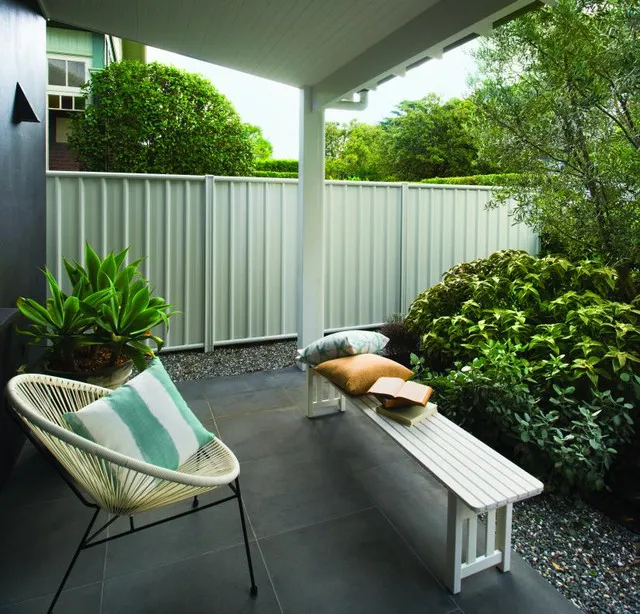
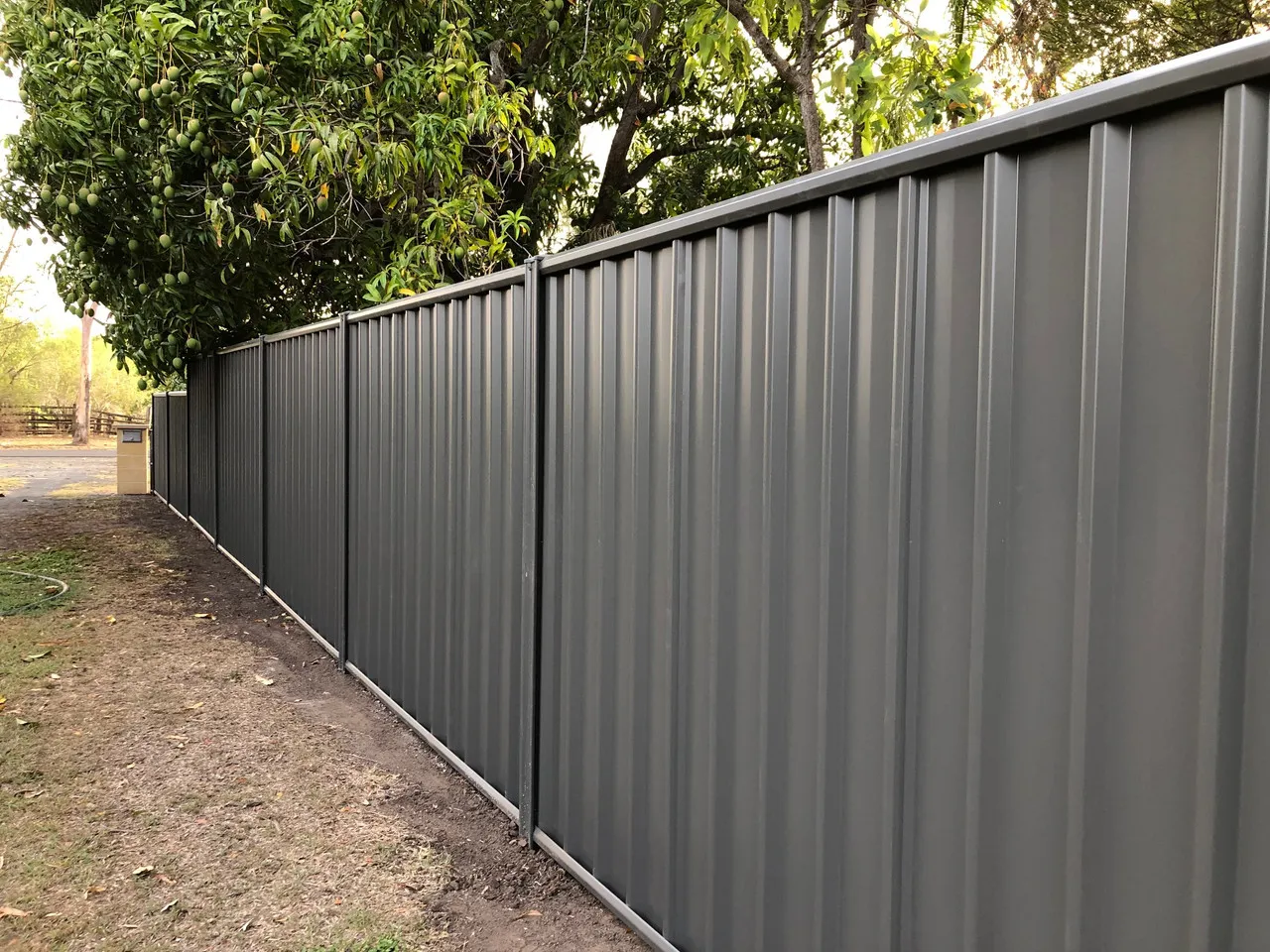
ConclusionModern roll forming machines enable the production of high-performance metal fencing systems that meet Australia's diverse needs. From coastal residences to rural properties, these precision-manufactured components offer long-lasting protection and aesthetic appeal while complying with strict local standards.
Any interested in the Fence Post, fence track, fence panel machine, welcome to inquiry!


-
Related News

October 26, 2016
The Most Successful Engineering Contractor
Sep 19, 2025
Upright Rack Roll Forming Machine Shipped to Algeria






